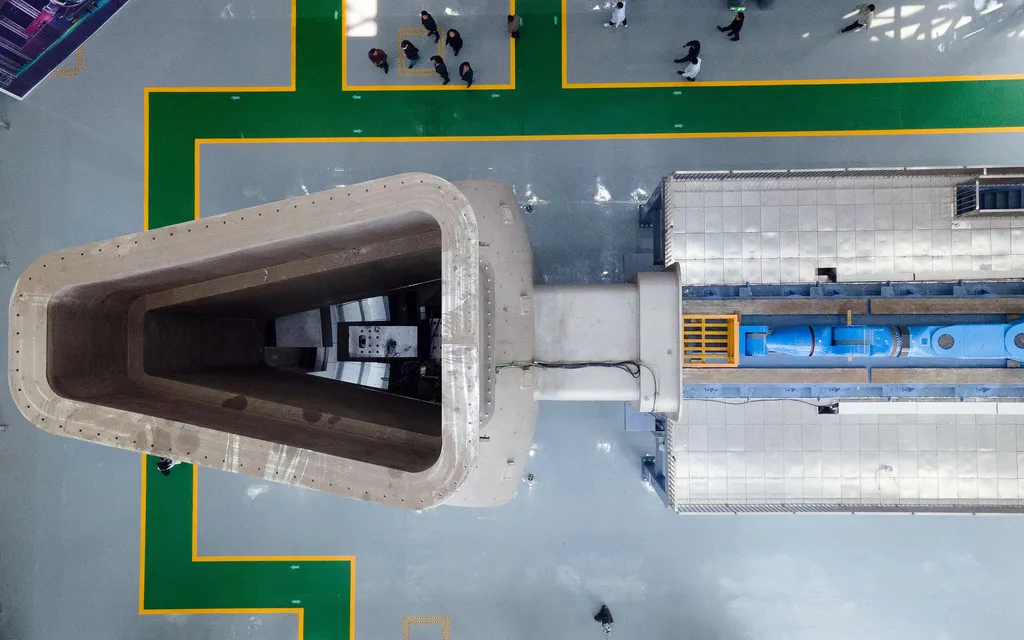In the realm of remote sensing and image processing, a groundbreaking study led by Jun Zhang from the College of Science at Jiangxi University of Water Resources and Electric Power in Nanchang, China, has introduced a novel approach to hyperspectral and multispectral image fusion. Published in the English-language journal “IEEE Journal of Selected Topics in Applied Earth Observations and Remote Sensing,” this research promises to enhance the way we integrate and analyze high-dimensional data, with significant implications for the energy sector.
The fusion of low-spatial-resolution hyperspectral images (LR-HSI) and high-spatial-resolution multispectral images (HR-MSI) is crucial for generating high-resolution hyperspectral images (HR-HSI). These images are invaluable for applications ranging from environmental monitoring to resource management. However, existing methods often overlook the intrinsic low-rank property of tensor ring (TR) factors, leading to suboptimal performance.
Jun Zhang and his team have addressed these challenges by proposing a new model based on the generalized logarithmic tensor nuclear norm (GLTNN) under the TR decomposition framework. “Our method extends the traditional LTNN based on the third pattern to any pattern, defining the generalized LTNN where the Fourier transform is conducted on arbitrary mode,” Zhang explains. This innovation not only captures correlations comprehensively for tensor modes but also effectively avoids the influence of the permutation of tensor modes on the fusion results.
The research introduces a proximal alternating minimization (PAM) algorithm to efficiently solve the proposed model. Experimental results on four public datasets demonstrate that the method outperforms existing approaches in both numerical metrics and visual quality, validating its effectiveness and superiority.
The implications of this research are far-reaching, particularly for the energy sector. High-resolution hyperspectral images are essential for monitoring solar farms, wind turbines, and other renewable energy infrastructure. They enable precise environmental impact assessments, optimize resource allocation, and enhance maintenance strategies. By improving the fusion of hyperspectral and multispectral images, this research can lead to more accurate and efficient energy management practices.
Moreover, the proposed GLTNN method has the potential to revolutionize data analysis in various fields. Its ability to handle high-dimensional data with low-rank properties opens new avenues for advancements in machine learning, computer vision, and remote sensing technologies.
As Jun Zhang and his team continue to refine their approach, the future of hyperspectral and multispectral image fusion looks promising. Their work not only addresses current limitations but also paves the way for innovative applications in energy and beyond. The integration of GLTNN with TR decomposition marks a significant step forward in the quest for more accurate and efficient data analysis, ultimately benefiting industries and researchers alike.

